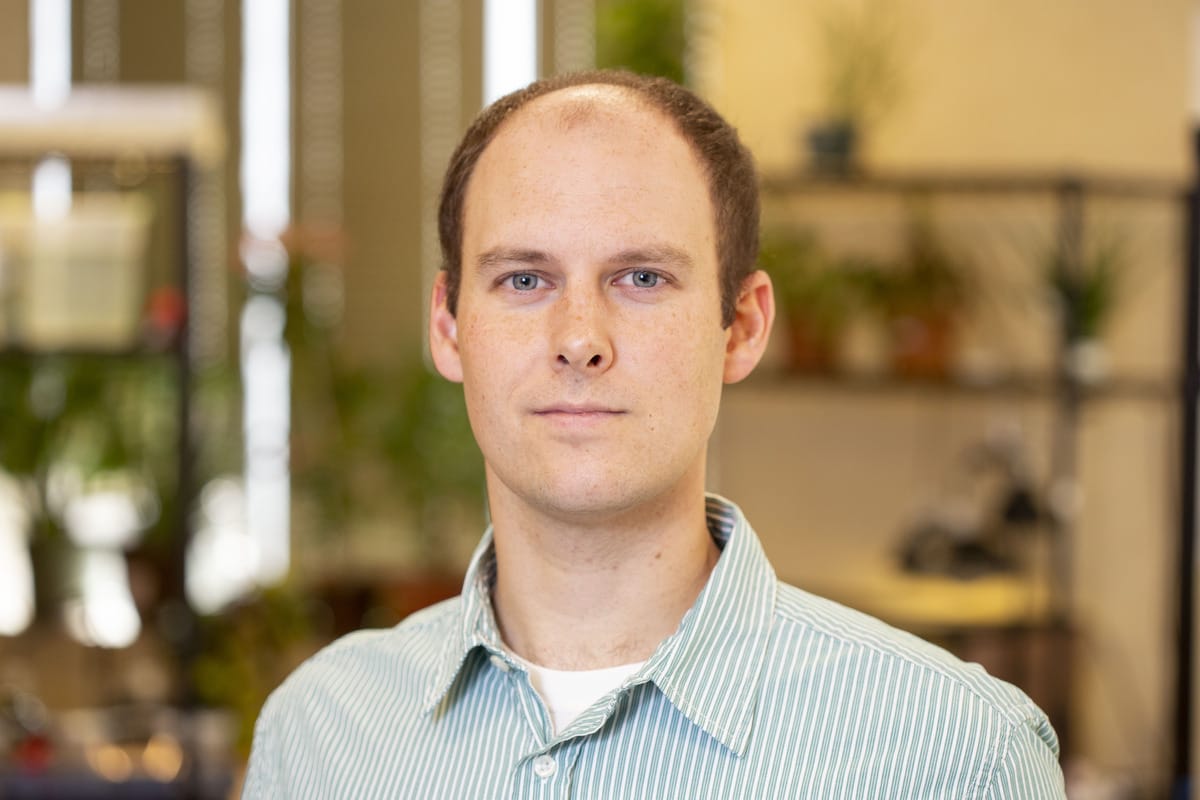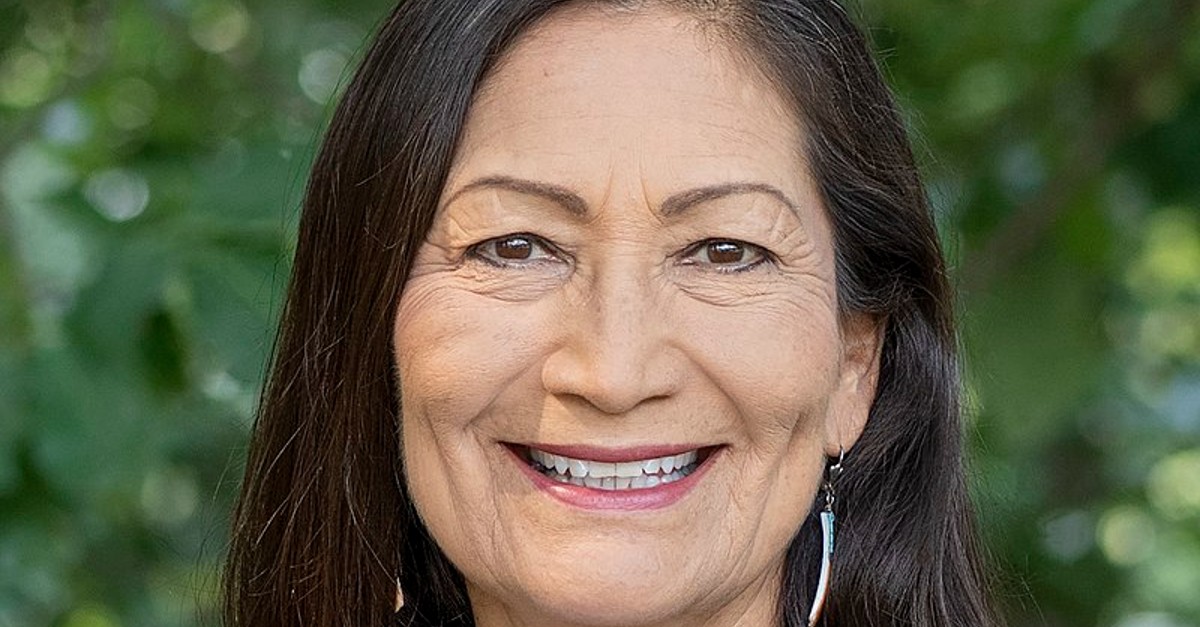November is a busy time. Autumn is in full swing, the country is busy preparing for Thanksgiving (actually, scratch that, the country is busy preparing for Christmas), and the school year has likely found its stride. What often gets overlooked in this great shuffle is that November is also Native American Heritage Month.
Often when we discuss Native American culture in class, we tend to focus on events like the first Thanksgiving. However, this can leave our students with the false impression that Native people existed long ago and are not a part of our modern society. Nothing could be further from the truth! In reality, indigenous people are continuing to make history across the country. It’s important that we take this opportunity to recognize and celebrate their contributions. So, in honor of Native American Heritage Month, here are 5 Native American heroes your students should know:
Debra Haaland (Laguna Pueblo)
Debra Haaland is an American politician and Secretary of the Interior under the Biden Administration. Haaland’s political career began as the U.S. representative for New Mexico’s 1st congressional district. Following her successful campaign, she became one of the first two Native American women to serve in the U.S. Congress (the other was her colleague Sharice Davids). Not long after that, Haaland was nominated to the position of Secretary of the Interior by President Joe Biden. This nomination was incredibly significant because it made Haaland the first Native American to serve as a Cabinet Secretary, as well as the first Native American to oversee the Department of Indian Affairs.
John Herrington (Chickasaw)
John Herrington is an engineer, educator, and retired NASA astronaut. Born in Oklahoma as a member of the Chickasaw Nation, Herrington would go on to earn his bachelor’s degree in applied mathematics before receiving a commission in the United States Navy in 1984. Later, after two years of training at NASA, Herrington became the first enrolled member of a Native American tribe to fly into space. To honor his Chickasaw heritage, Herrington carried his tribal flag with him on his thirteen-day trip. Now retired, Herrington works as an author and educator while lecturing extensively on STEM and aviation.
Navarre Scott Momaday (Kiowa)
Novelist, short story writer, essayist, and poet, N. Scott Momaday has spent his life sharing and preserving indigenous artwork. His novel, House Made of Dawn, was awarded the Pulitzer Prize for Fiction in 1969 and helped spark a renaissance in Native American literature. He was also awarded the National Medal of the Arts in 2007 by President George W. Bush. Momaday would go on to have a successful academic career, serving as a professor of English at Stanford University, the University of California-Berkeley, and the University of California-Santa Barbara. His work in literature and education would earn him numerous honorary degrees from American universities over the years.
Matika Wilbur (Swinomish and Tulalip)
A talented photographer and artist, Matika Wilbur has dedicated her career to breaking the stereotypes surrounding Native American communities. While growing up, Wilbur noted how Native children often lacked positive representation in school and media. This led her to begin Project 562, a documentary designed to highlight modern Native issues, Native culture, and preserve Native American traditions. Since then, she has visited members of over 300 sovereign nations throughout 40 states, documenting their lives and sharing their experiences through photography. As of this publication, Wilbur’s Project 562 is still ongoing.
Roy O. Hawthorne (Navajo)
Roy Hawthorne was born in 1926 as part of the Navajo Nation. As a child, Hawthorne faced severe discrimination for his indigenous identity, and was often punished at school when speaking his native language. However, his Navajo heritage would later play a crucial role in WWII when he enlisted as a Code Talker for the United States Marines. The Japanese were immensely skilled at intercepting and translating Allied communications, so Navajo Code Talkers were indispensable in providing the army with protected information. Hawthorne would later go on to fight in the Korean War and served with distinction despite losing his leg in an enemy attack. Following his career in the military, Hawthorne became a Baptist pastor and spent the remainder of his life advocating for Native causes.
Celebrate Native American culture this November by sharing these extraordinary individuals with your students!
*Image of Debra Haaland courtesy of Department of the Interior.

